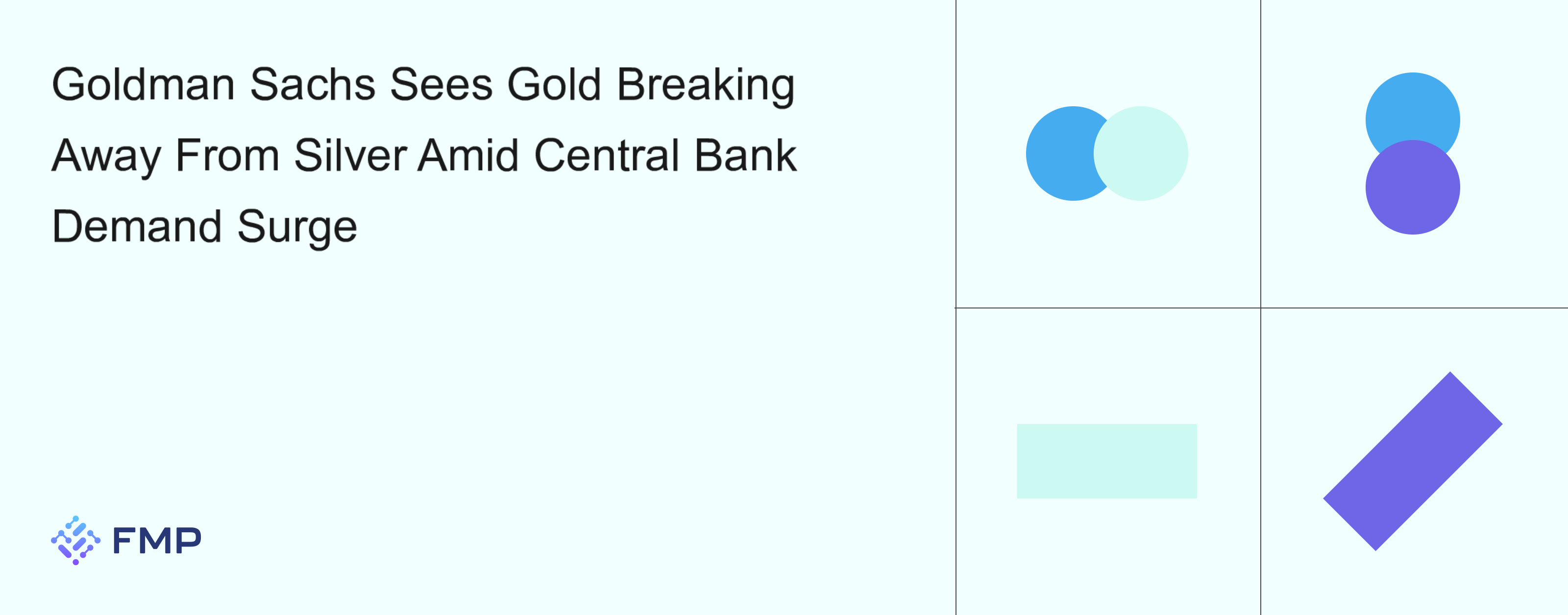
Gold is poised to leave silver in the dust, according to Goldman Sachs, as unprecedented central bank purchases and shifting macroeconomic dynamics create a structural divergence between the two precious metals.
Central Banks Reshape the Gold-Silver Relationship
Historically, the gold-silver price ratio traded within a band of 45–80. But that decades-long correlation fractured following Russia’s reserve freeze in 2022, which jolted central banks into ramping up gold accumulation as a geopolitical hedge.
“We don’t expect silver to catch up with the gold rally,” said Goldman strategists Lina Thomas and Daan Struyven. “The decoupling is structural.”
Gold’s appeal as a monetary reserve asset—being 10x rarer and 100x more valuable per ounce than silver—has been magnified. Its chemical inertness and ease of transport make it far more suitable for sovereign stockpiling, especially in an era marked by rising currency and geopolitical risks.
Industrial Drag on Silver, Recession Tailwinds for Gold
While silver enjoyed a temporary lift from China’s solar boom, an oversupply-driven production slowdown has dulled its outlook. Conversely, high U.S. recession risks, paired with ongoing central bank gold buying, underpin Goldman’s aggressive gold forecast:
Base case: $3,700/toz by end of 2025
Mid-2026 target: $4,000/toz
Bull case: $4,500/toz if ETF inflows accelerate
With light speculative positioning and renewed global interest in gold as a strategic reserve asset, Goldman views this as a compelling entry point for long-term exposure—particularly in anticipation of policy-induced volatility through 2025.
